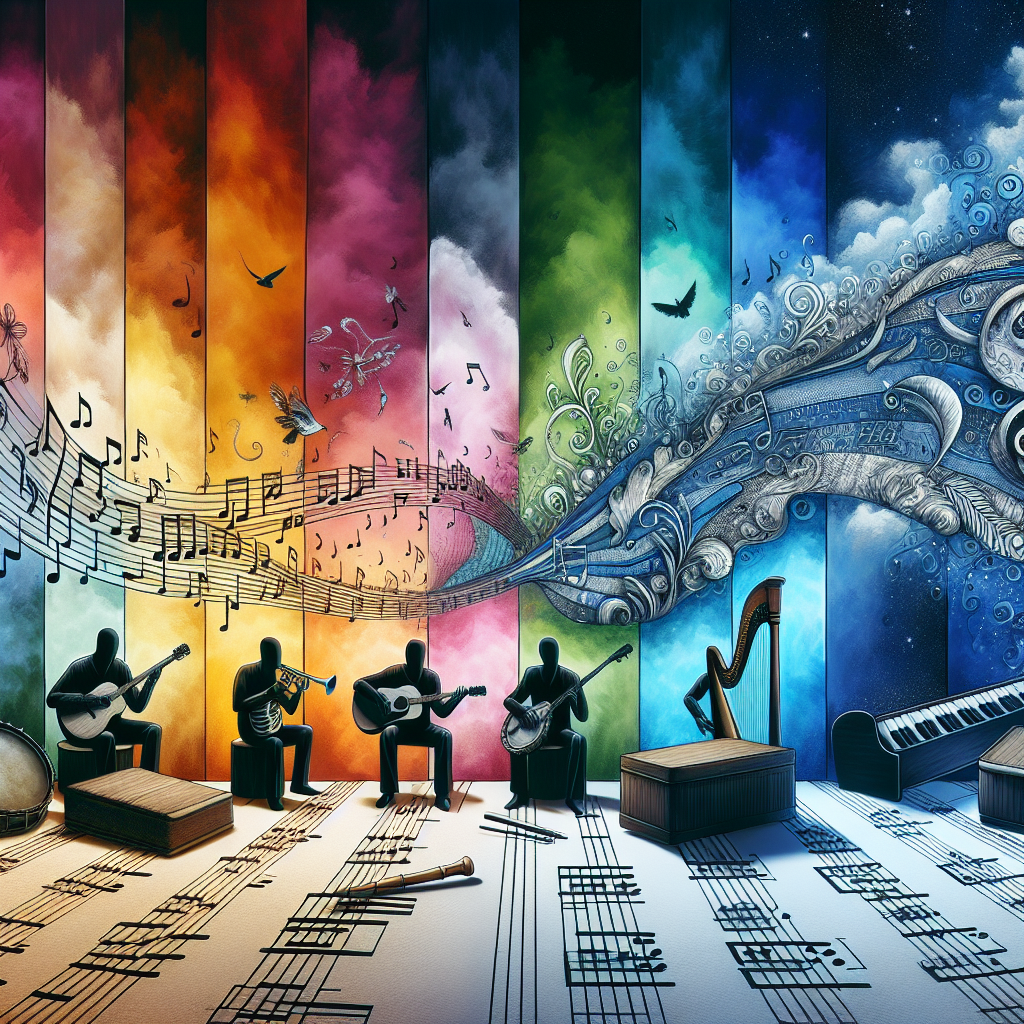Music has remained significant in various forms of human life – from ritualistic purposes to celebrations of victories, love, and life. Tribal music, in particular, has deep roots that emanate from indigenous folk traditions.
Understanding Tribal Music
In essence, Tribal Music represents the earliest form of human music. The term ‘tribal’ is used to refer to music created by tribal societies, often with little to no influence from developed or modern music genres. This music form comprises a unique blend of vocals, instrumental sounds, rhythmic drum patterns, and other indigenous music tools.
Within tribal societies, music is more than just an entertainment source. It’s a medium of communication carrying significant spiritual, historical, or societal messages. Functions of music within these communities range from documenting history, telling stories, rites of passage, and various spiritual exercises.
The Spiritual Connection
One particular aspect that uniquely binds tribal music is its spiritual connection. The deep mystical and spiritual network found in tribal music singles it out in music’s vast world. Whether it’s a healing chant from the Native Americans, a rhythmic dance melody of the African tribes, or an aboriginal call to the ancestors, tribal music serves as a spiritual conduit.
Often, tribal music acts as a catalyst that links the physical world to the spiritual realm. Tribal societies believe that through music, they connect with the sacred and supernatural powers, seeking guidance, blessings, or protection. Music and spirituality are intertwined, with one not existing wholly without the other. It’s used to deliver spiritual teachings, express spiritual experiences, and facilitate spiritual practices such as healing, meditation, and ritualistic dances.
Evolution of Tribal Music
Tribal music has evolved over the ages whilst also retaining its core. The beautiful paradox is that while it maintains its raw, unfiltered energy, it’s been adapted variously by modern musicians across different genres like electronic, pop, and world music. As such, the tribal sound has become global, taking an integral seat in the world music platform.
This evolution has led to a broader appreciation and understanding of music from indigenous cultures. However, where adaptation risks cultural appropriation, it’s crucial that the sanctity of tribal music and its spiritual significance remain respected and preserved.
Conclusion
Tribal music links the past, present, and future in a distinctive holistic continuum. It’s a testament to human cultural diversity, revealing how music can deeply move us beyond the realm of entertainment and aesthetics. Its spiritual connection distinguishes it from other music forms since it serves as a medium for tribal societies to interact with supernatural entities.
Despite the evolutionary course that tribal music is taking in the 21st century, it’s imperative that the integrity of its original form, function, and spiritual essence is preserved. The universal language of music can facilitate a greater understanding and appreciation of these diverse cultures and their unique spiritual systems.
Frequently Asked Questions
1. What is the primary function of tribal music?
The primary function of tribal music is to connect with the spiritual realm and express spiritual experiences. It is also used for storytelling and historical documentation, rites of passage, and societal rituals.
2. How is tribal music connected to spirituality?
Tribal music and spirituality are deeply intertwined, wherein music is believed to provide a conduit to the sacred and supernatural powers. It facilitates spiritual practices like healing, meditation, ritualistic dances, and spiritual teachings.
3. How has tribal music evolved?
While maintaining its raw and traditional elements, tribal music has been adapted in modern music genres, making the tribal sound global. It has occupied a significant place in world music, increasing appreciation for music from indigenous cultures.
4. What instruments are used in tribal music?
The instruments used in tribal music vary widely depending on the tribe and region. Some common instruments include drums, flutes, rattles, and various types of string and wind instruments made from natural materials.
5. How is tribal music being preserved?
Despite the evolution and modern influences, there are preservation efforts aimed at keeping tribal music’s sanctity and spiritual significance. This involves the passing on of music tradition from generation to generation, documentation and recording of tribal music, and respectful global representation.




